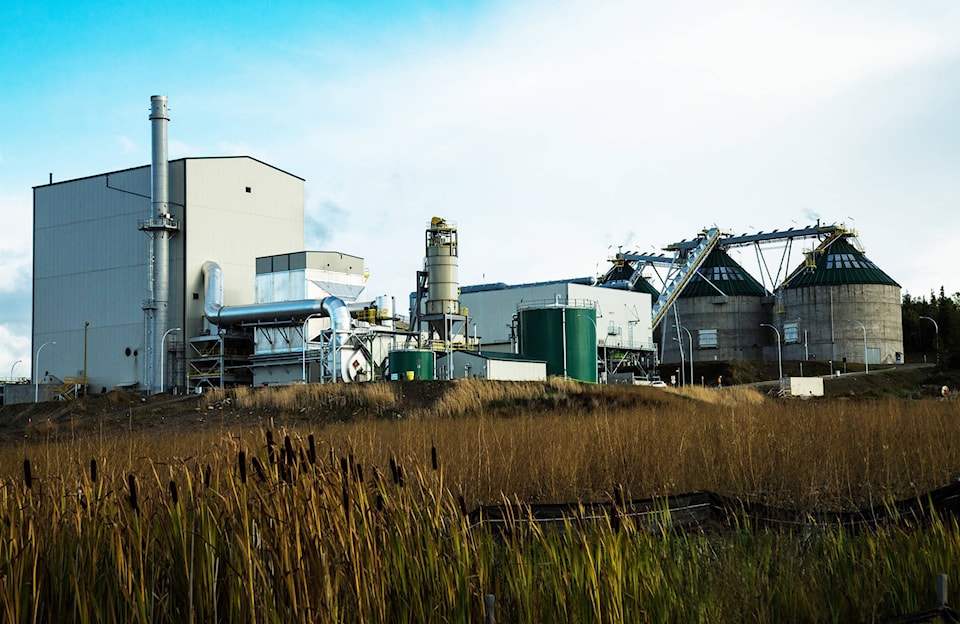The District of Fort St. James and Nak’azdli Whut’en have permitted the discharge of Fort St. James Green Energy’s effluent into the lagoon shared by the two communities.
The biomass facility is allowed to discharge 100 cubic metres per day of effluent into the lagoon system, said Chief Administrative Officer David Schroeter. The district is charging the company $75 per load at the facility.
Schroeter said this was permitted as the effluent does not exceed any discharge limits, and Fort St. James Green Energy provides economic benefits to the community with close to 80 jobs supporting the district.
“Since the indefinite curtailment of Conifex lumber in 2019 where the community lost upwards of 200 positions, many member of the community have been struggling to make ends meet. Permitting the discharge additionally supports the ongoing sustainability and economic competitiveness of the lumber industry in Fort St. James,” he added.
A study by Kala Geosciences in 2020 regarding the discharge from the biomass facility stated the 100 cubic metres of process effluent “is not anticipated to detrimentally impact the receiving environment.”
“With this understanding, and confirmation of the economic benefits, council believed the decision was reasonable,” Schroeter said.
Meanwhile, last year, there were reports of the district and Nak’azdli Whut’en disagreeing over the usage of the lagoon. Schroeter confirmed the disagreements and said the “larger issues of wastewater systems” hasn’t been resolved as discussions are still underway.
However, on this specific topic of Fort St. James Green Energy discharging effluent, both the district and indigenous community were in agreement that the economic benefits were important in terms of long-term sustainability.
Effluent from the biomass plant was first discharged into the lagoon system on Jan. 20 this year. The permit was then extended Feb. 10 to allow a total 100 cubic metres per day of effluent for 60 days until March 19.
READ MORE: Breakfast program at FSJSS receives support from the District of Fort St. James
Aman Parhar
Editor - Vanderhoof Omineca Express, Caledonia Courier
aman.parhar@ominecaexpress.com
Like us on Facebook and follow us on Twitter
